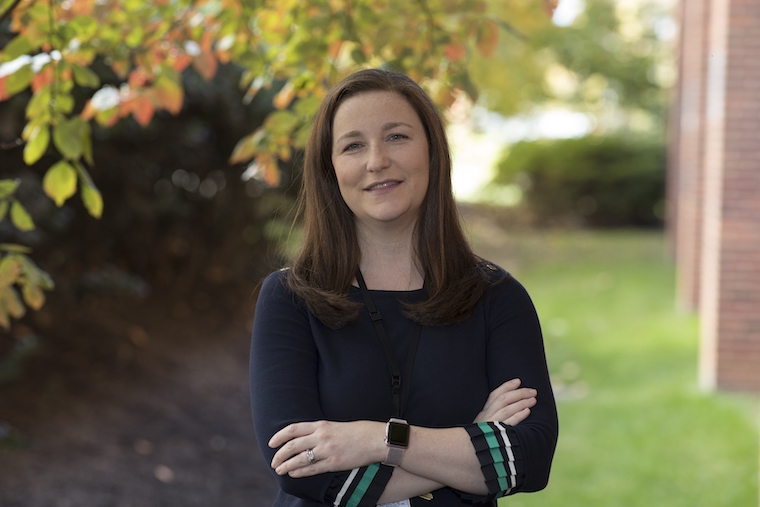Having treated babies who suffer seizures because of inadequate blood and oxygen to the brain, Dr. Jennifer Burnsed wanted answers — both for herself and for the parents of the children.
Often, she said, the babies would leave the hospital looking healthy, only to have learning or behavioral problems years later. She decided to find out what was happening inside the brain during the seizures that could have such grave long-term effects.
“When babies have these brain injuries early on, it’s really hard for us to predict outcomes, especially in the babies who are not as severely affected,” the neonatologist told me. “That’s one of the things that’s always frustrated me as a clinician, so we have brought that question into the lab, to try to figure out exactly what is going on in the neonatal brain.”
She has been mapping the brains of mice suffering similar seizures — the best available approximation for a human baby. Her research suggests that the brain’s learning and memory centers are among the regions most affected by the lack of oxygen and blood, called hypoxia-ischemia. Hypoxia-ischemia is often caused by an event around the time of birth, such as an umbilical cord accident or a detached placenta, she said.
Now that she has charted brain activity during the seizures, she plans to compare that with brain activity later in life. “The next phase of the project is basically looking at areas of brain activity during learning and memory tasks when the mice are older,” she explained. “They’ve had a neonatal injury, we let them grow up to adult or young adult mice, and then we do a number of different learning and memory tasks to map the areas of the brain that are active chronically. We hypothesize that they have this early abnormal activity in those circuits and they are, perhaps, permanently changed.”
This information will help doctors determine how best to treat hypoxia-ischemia and ensure the babies have the best outcomes. “Perhaps there are drugs or different therapies that we could be trying early on that would modulate the seizures, or modulate the [brain] circuits that are active,” Dr. Burnsed said. “I think this will give us information that could be used clinically many years down the road.”
